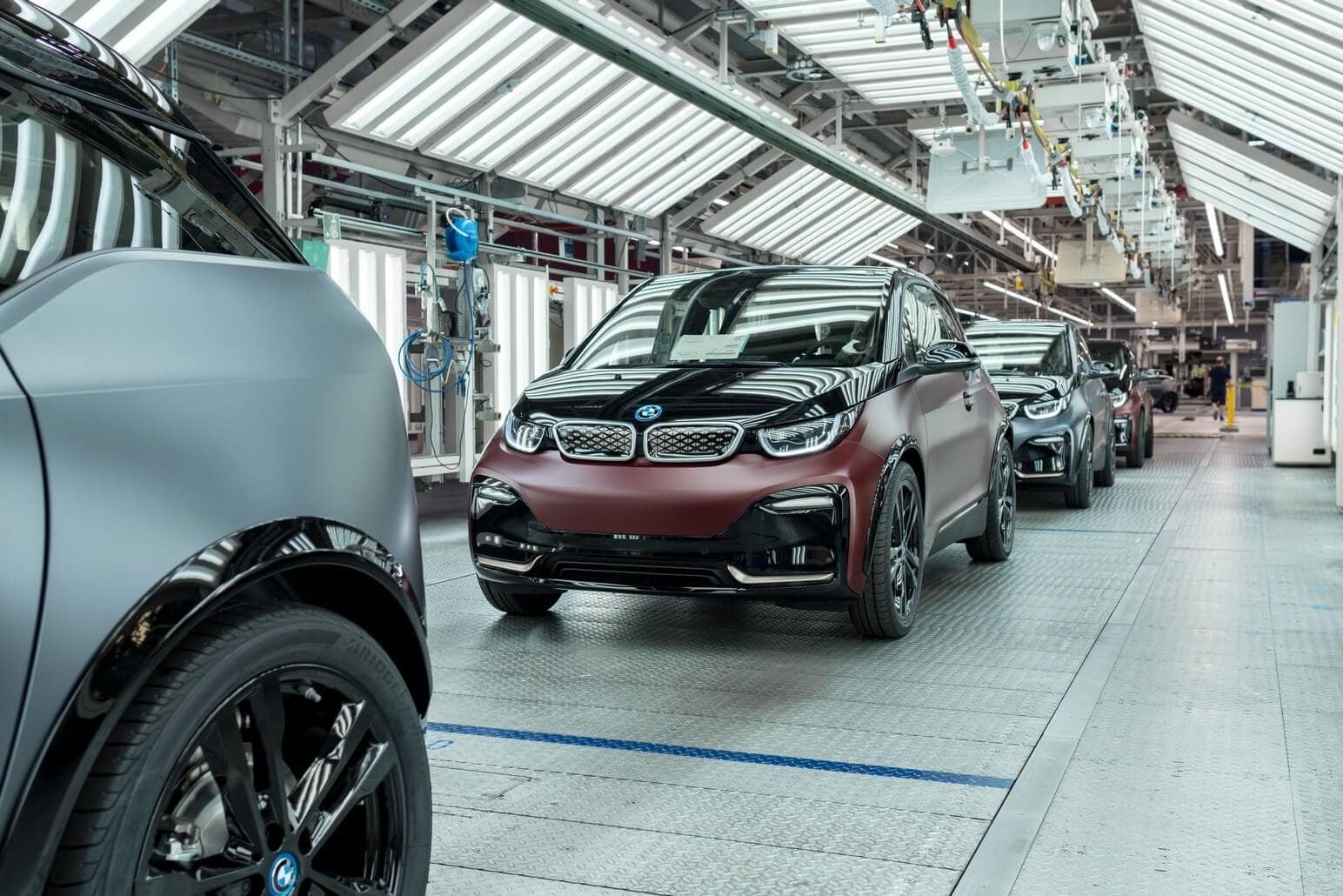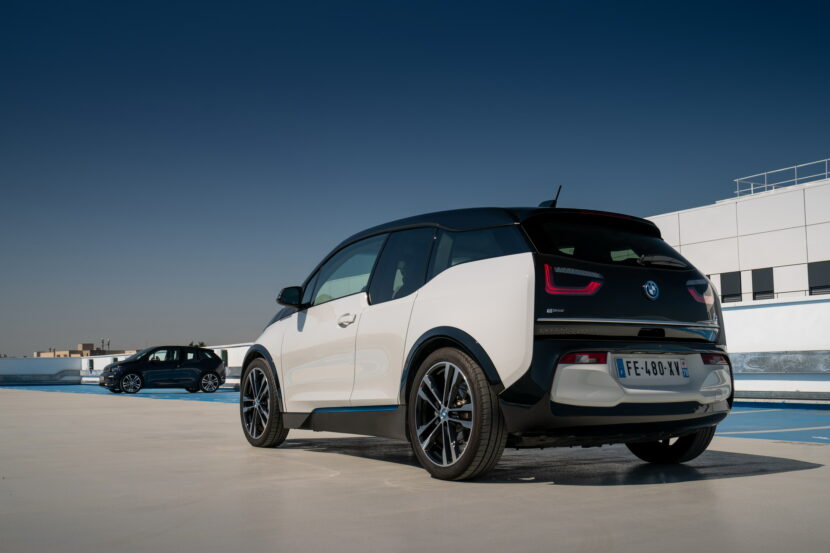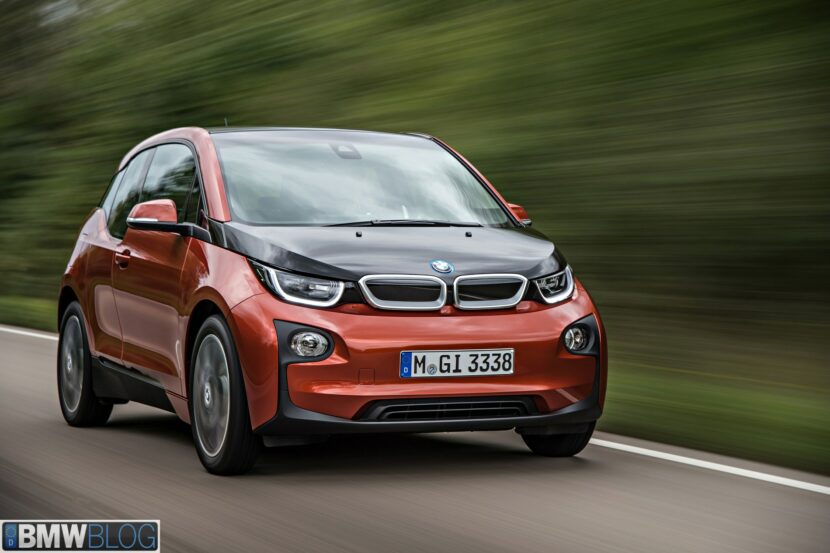BMW’s most unconventional ideas seldom appear out of thin air. They often begin as even stranger experiments hidden deep within the brand’s design archives. Long before the i3 became BMW’s quirky, eco-forward statement piece, the company was already wrestling with bold questions surrounding urban mobility and renewable materials. One early design study, dubbed “Bigfoot,” pushed those ideas further than most realize. And while the world never saw this prototype on the road, it quietly set the stage for one of BMW’s most unique production cars.
The BMW i3 and an Unlikely Link to “Bigfoot”
While “Bigfoot” probably isn’t the first thing you think of when you lay eyes on the tiny electric BMW i3 (the old one, mind you), a concept dubbed exactly that lent much of its design to the intrepid little city car. Project Bigfoot — which we don’t have any pictures of (yet?) — featured a single door, which later became a rear-hinged door in the i3. Like the i3, it was a bubble shaped car that relied on renewable materials like wood. Oversized wheels and a small footprint (despite its misleading name) — after all, Bigfoot was designed as a megacity vehicle, a similar niche the i3 occupied — further draws comparison to the i3 we know and love.
Bigfoot’s name illustrates one of the underlying concepts behind why it exists in the first place. A Designworks spokesperson discusses how size and design are intertwined. “Scale for us is also an attitude. It doesn’t necessarily need to be about the actual size.” He goes on to say that Bigfoot was a collaboration with Munich’s engineering team. While the design exercise was, in theory, a global collaboration, Bigfoot looks the way it does in part because of Designworks’ California locale. Much of Bigfoot’s design inspiration came from the studio’s architecture and the things around it. Drawing inspiration from California, the design team apparently asked themselves “how can you create a living space on wheels?” The spokesperson said influences included tiny houses, which were popular in California at the time. The results included unorthodox materials like corrugated steel and wood panels. And, an interior that mimicked what the production i3 ended up with.
Bigfoot’s Influence on the i3 is a Design Reminder
The BMW i3, even today, is a style statement. And for Designworks, Bigfoot’s relationship to the little electric city car is a reminder. While Bigfoot never went into production strictly as-is, that’s almost irrelevant. “The i3 probably would not have become such an innovative, radical design without this input,” the same Designworks spokesperson said. “We didn’t translate it literally, but it’s giving you an idea of how far we go and push and look for new ideas.” What better car showcases that principle than the i3? After all, even years after production has ended, the car still attracts fans and detractors.




